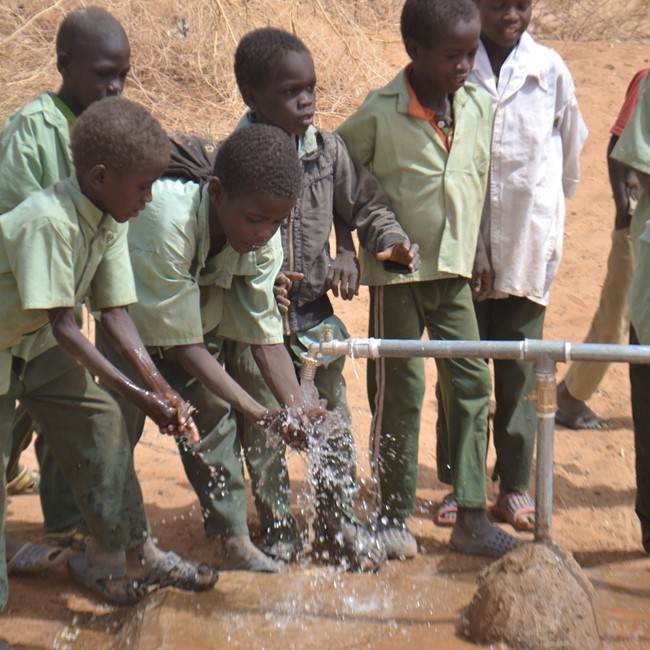Before, the community health promoters used to give us strong hygiene advice, but without water we could not do what we were advised to do.
Nafish O’shak of Darastra village, Sudan
Improving Lives in Darfur
Darfur, an area of Northern Sudan, faces increasing droughts. The lack of water is forcing families to migrate and creating local conflict in the area as those who remain struggle to find enough to drink and care for their livestock and crops.

Before, the community health promoters used to give us strong hygiene advice, but without water we could not do what we were advised to do.
Nafish O’shak of Darastra village, Sudan

Working with local governments, technical departments and the communities affected by drought has enabled us to put a series of initiatives in place to provide enough clean water for everyone. Establishing an effective Integrated Water Resources Management (IWRM) system to protect the supply for the future.
With Practical Action everything has changed. Our solar water pump has changed our life dramatically. Now it’s the easiest thing to get water.
Altayed, North Darfur, Sudan
Help us work with communities to tackle some of the world’s toughest problems.